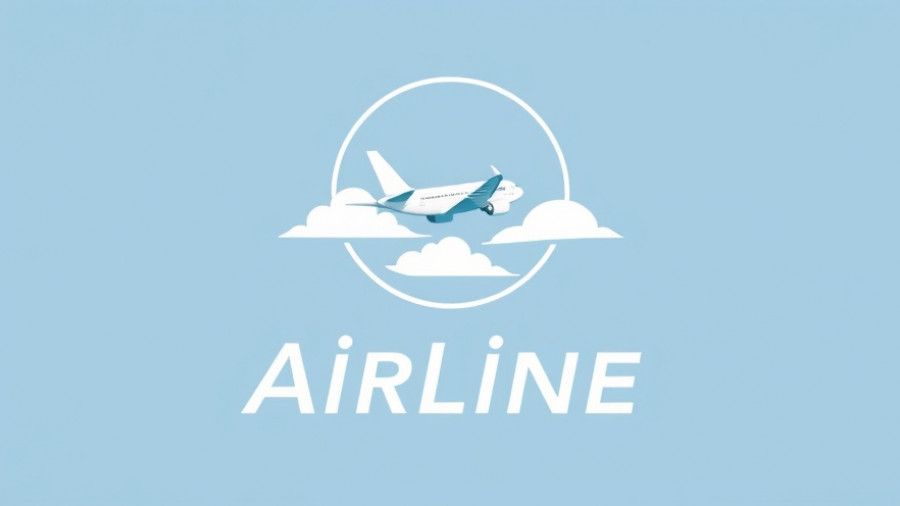
The Flexibility of Special VFR Operations in Aviation
For pilots navigating lower visibility conditions, the concept of Special VFR (SVFR) stands as a remarkable provision allowing operations into and out of airports that would otherwise be off-limits under typical Visual Flight Rules (VFR). Designed specifically for private pilots without an instrument rating, SVFR offers a window of opportunity, but only under strict guidelines. With a required visibility of at least 1 statute mile and a promise from the pilot to remain clear of clouds, SVFR can be instrumental in expanding flight options during foggy or otherwise poor weather.
What You Need to Know Before Utilizing Special VFR
While SVFR presents a valuable tool, the requirements increase significantly during night operations. Pilots must not only possess an instrument rating but also ensure that their aircraft is equipped for instrument flight. This means being ready to operate IFR, as night visibility at just one mile poses formidable challenges. Under FAR 91.157, this additional burden serves to keep pilot and passenger safety at the forefront, making it crucial for those interested in maximizing their aviation skills to understand these intricacies.
The Case for SVFR: Why Pilots Choose It
Some may wonder why pilots would opt for SVFR instead of simply flying under IFR. The answer often lies in personal experience and situation-specific circumstances. For example, pilots flying coastal routes or into small airports with changing weather conditions might find that SVFR grants them the flexibility needed for safe completion of their flights. It can be particularly helpful in situations where a quick exit is necessary. Coastal operations, especially for the Coast Guard, highlight how SVFR can facilitate efficiency while maintaining safety standards in often changing landscapes.
Limitations and Risks of Special VFR
Despite its advantages, it's important to recognize the limitations and risks associated with SVFR. Not all airports permit SVFR, as outlined in FAR 91, Appendix D, Section 3, and pilots need to ensure they are operating within airports that allow this clearance. Furthermore, it’s a pilot's responsibility to maintain obstacle and terrain clearance, which calls for rigorous pre-flight planning and situational awareness. In the case of emergencies, such as an engine failure, pilots can find themselves with limited options if flying under SVFR. Therefore, sound judgment and preparations are key.
Future of SVFR and the Importance of Training
As pilots look to the future, understanding the nuances of SVFR becomes essential, particularly as technology and training methodologies evolve. Emphasizing thorough flight training and experience in challenging conditions prepares pilots for these scenarios and encourages safe practices. For those eager not only to learn to fly but to enhance their skills, investing in training focused on SVFR could prove invaluable, helping to bridge the gap between being a novice pilot to an experienced aviator.
In conclusion, Special VFR offers a pathway for pilots to operate under less-than-ideal weather conditions, provided they adhere to the requirements set forth by regulations. As you consider advancing your flying knowledge, take advantage of training opportunities focused on this unique aspect of aviation. With the right education and practice, SVFR can expand your abilities as a pilot, ultimately making your flying experience richer and more diverse.
 Add Row
Add Row  Add
Add 




Write A Comment